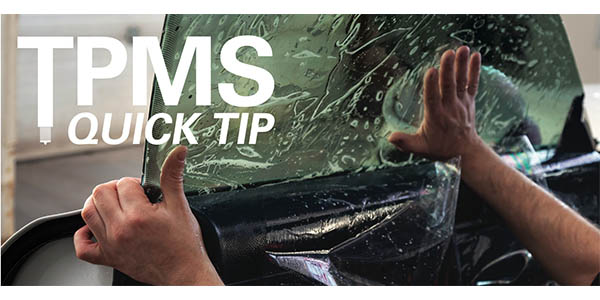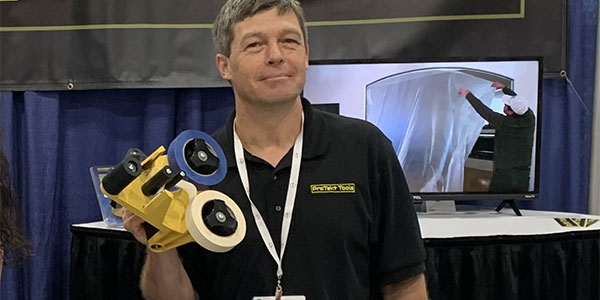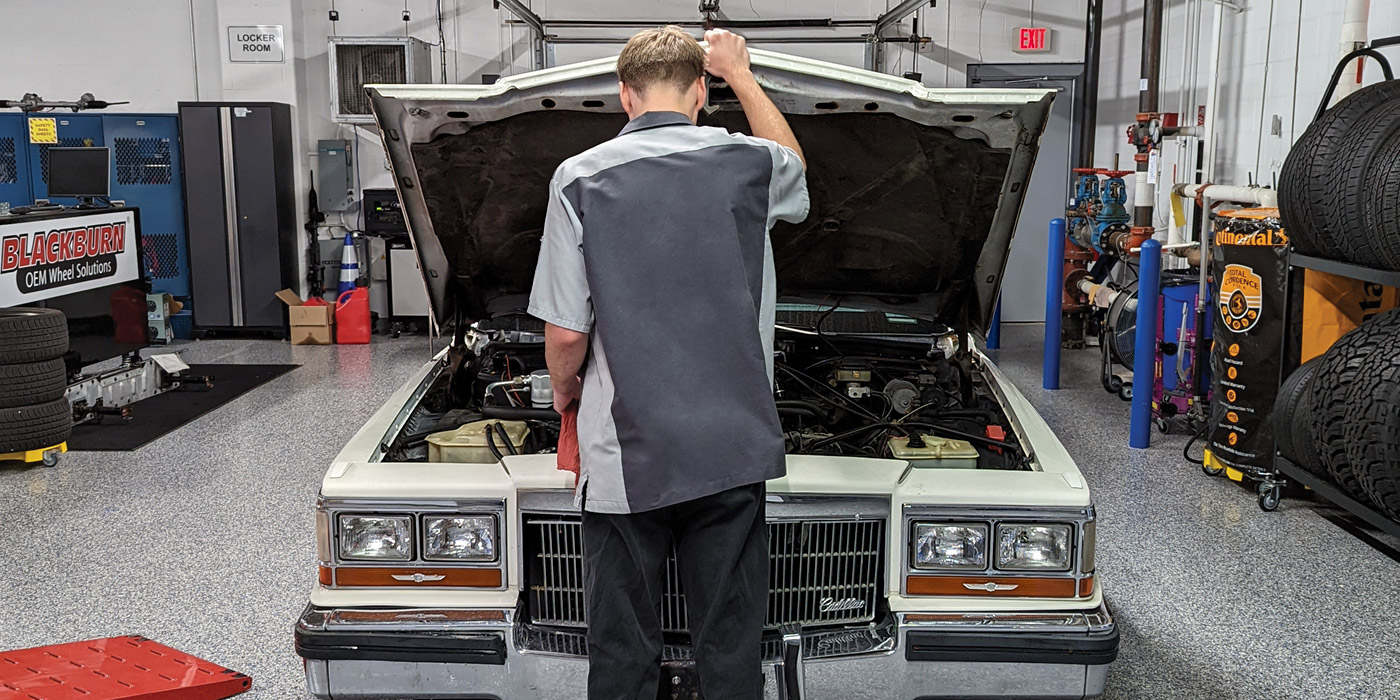
The great tint debate; does metallic window tint affect TPMS radio wave signals resulting in a system malfunction? It still seems to be questioned frequently but with no concrete evidence of this ever being the cause of a problem.
One particular problem that has been documented is the case of certain 2005-2014 Audi vehicles, which have experienced a TPMS malfunction after window tint was installed.
The cause was found not to be the tint, but water damage to electrical components and connectors. During the installation of window tint, interior trim panels are removed. With the trim panels off, fastener holes are open, allowing water, presumably the solution used to install the tint, to enter connectors and control units.
In these cases, a number of different DTCs may be stored. Your TPMS scan tool is always where you start with diagnosis, and codes related to voltage supply or no antenna signal may indicate this type of problem.
When performing any type of work that exposes a control unit or wiring, be sure to carefully seal the components to protect from any type of moisture or chemical contact. Problems such as this are not covered under normal vehicle warranties and can be time consuming to fix, so they are better off avoided if at all possible.
Confirm repairs with your TPMS scan tool by making sure all data is reading normally, with no remaining problems after a test drive.
One of the things that separates us as technicians is that in between the normal and repetitive, we are always faced with the occasional strange and difficult problem. Even with all the advancements in TPMS, the systems are not immune to the unusual and the more proficient your scan tool, the better equipped you will be to chase these down.
Finally, if anyone has proof of window tint itself causing a TPMS problem, let us know so we can share it with our readers. TS













